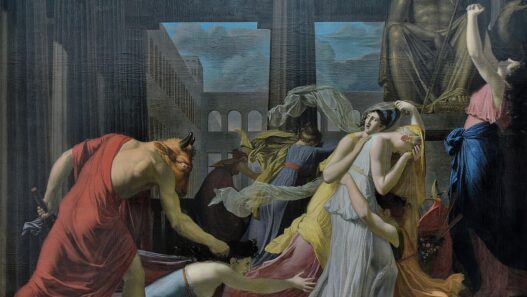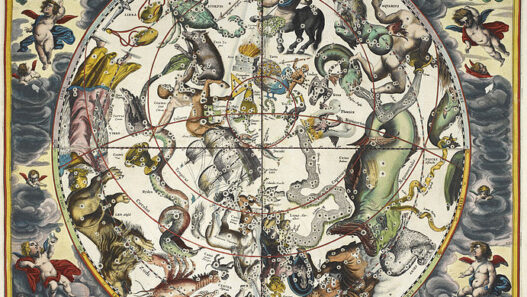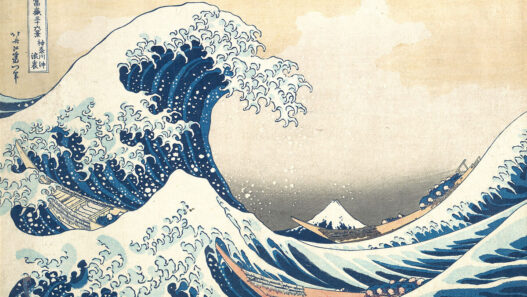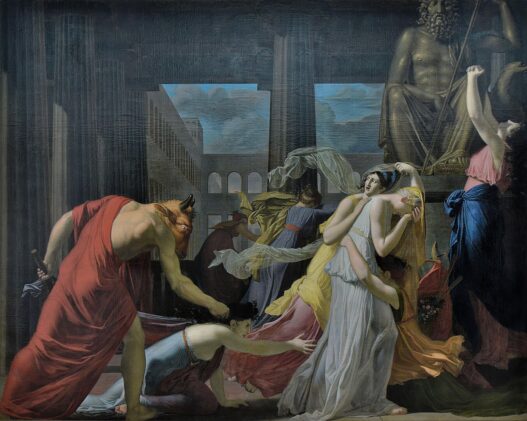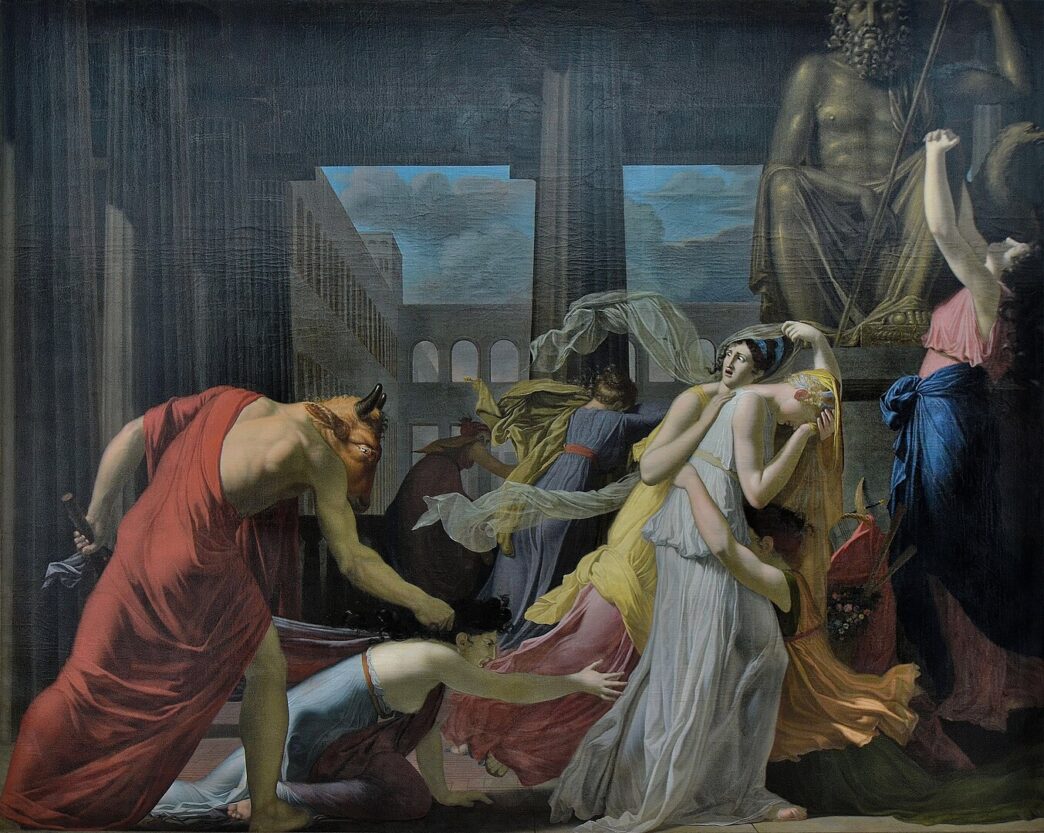Myth, Meaning & Modern Relevance
The story of Theseus and the Minotaur is one of the most enduring legends from Greek mythology.
What does a half-man, half-bull trapped in a labyrinth have to do with your own life?
It’s a powerful metaphor for inner battles, tough decisions, and the paths we choose. In this post, we explore what makes the Minotaur and Theseus tale so enduring, and why it still matters today.
What Is the Story of Theseus and the Minotaur?
At the heart of the tale is the Minotaur, a fearsome creature, half-man and half-bull, who dwells in a vast labyrinth beneath the palace of Knossos on the island of Crete.
He is more than the simple monster we have all learned to reject in society. He is a symbol of chaos, entrapment, and the darker sides of human nature that must be faced and conquered.
The labyrinth was designed by Daedalus and so complex that escape was virtually impossible.
Athens, having lost a war to Crete, was forced to send seven boys and seven girls every nine years to be sacrificed to the Minotaur. Theseus, the heroic son of Aegeus, king of Athens, volunteers to end this cruel tribute.
With the help of Ariadne, the daughter of King Minos, Theseus enters the maze armed with a sword and a ball of thread. The plan was simple but clever: unravel the thread as he goes, so he can retrace his steps.
Deep within the labyrinth, Theseus slays the Minotaur and leads the others to safety. It’s a tale of strategy, bravery, and transformation.
Why the Minotaur Story Still Matters Today
The story of Theseus and the Minotaur is a metaphor for confronting inner demons, navigating complexity, and choosing courage over fear. This is a common thread in ancient stories and
This symbolic richness is why the Minotaur and Theseus story continues to appear in literature, art, theatre, and even modern Minotaur films.
It also ties to deeper philosophical themes like the Ship of Theseus paradox, which asks: if you replace every part of a ship, is it still the same ship?
Theseus’ return from the labyrinth mirrors this, he is the same person, yet entirely changed by his journey. Many would share the same sentiment when embarking on a journey of their own. Take the age-old tale of Homer’s Odyssey: like Theseus, Odysseus faces monsters, temptations, and the unknown, only to return home transformed. Both heroes confront the metaphorical maze of fate, fear, and identity throughout their journey, and emerge altered not just by what they defeated, but by what they discovered within themselves.
The Ship of Theseus book and paradox are often referenced in modern philosophy, reinforcing the myth’s timeless appeal.
What can you take away from this story?
The story of Theseus and the Minotaur is a metaphor for confronting inner demons, navigating complexity, and choosing courage over fear. This is a common thread in ancient stories and
This symbolic richness is why the Minotaur and Theseus story continues to appear in literature, art, theatre, and even modern Minotaur films.
It also ties to deeper philosophical themes like the Ship of Theseus paradox, which asks: if you replace every part of a ship, is it still the same ship?
Theseus’ return from the labyrinth mirrors this, he is the same person, yet entirely changed by his journey. Many would share the same sentiment when embarking on a journey of their own. Take the age-old tale of Homer’s Odyssey: like Theseus, Odysseus faces monsters, temptations, and the unknown, only to return home transformed. Both heroes confront the metaphorical maze of fate, fear, and identity throughout their journey, and emerge altered not just by what they defeated, but by what they discovered within themselves.
The Ship of Theseus book and paradox are often referenced in modern philosophy, reinforcing the myth’s timeless appeal. You can explore more about symbolic mazes and inner journeys in in the previous post on the labyrinth as a symbol.



